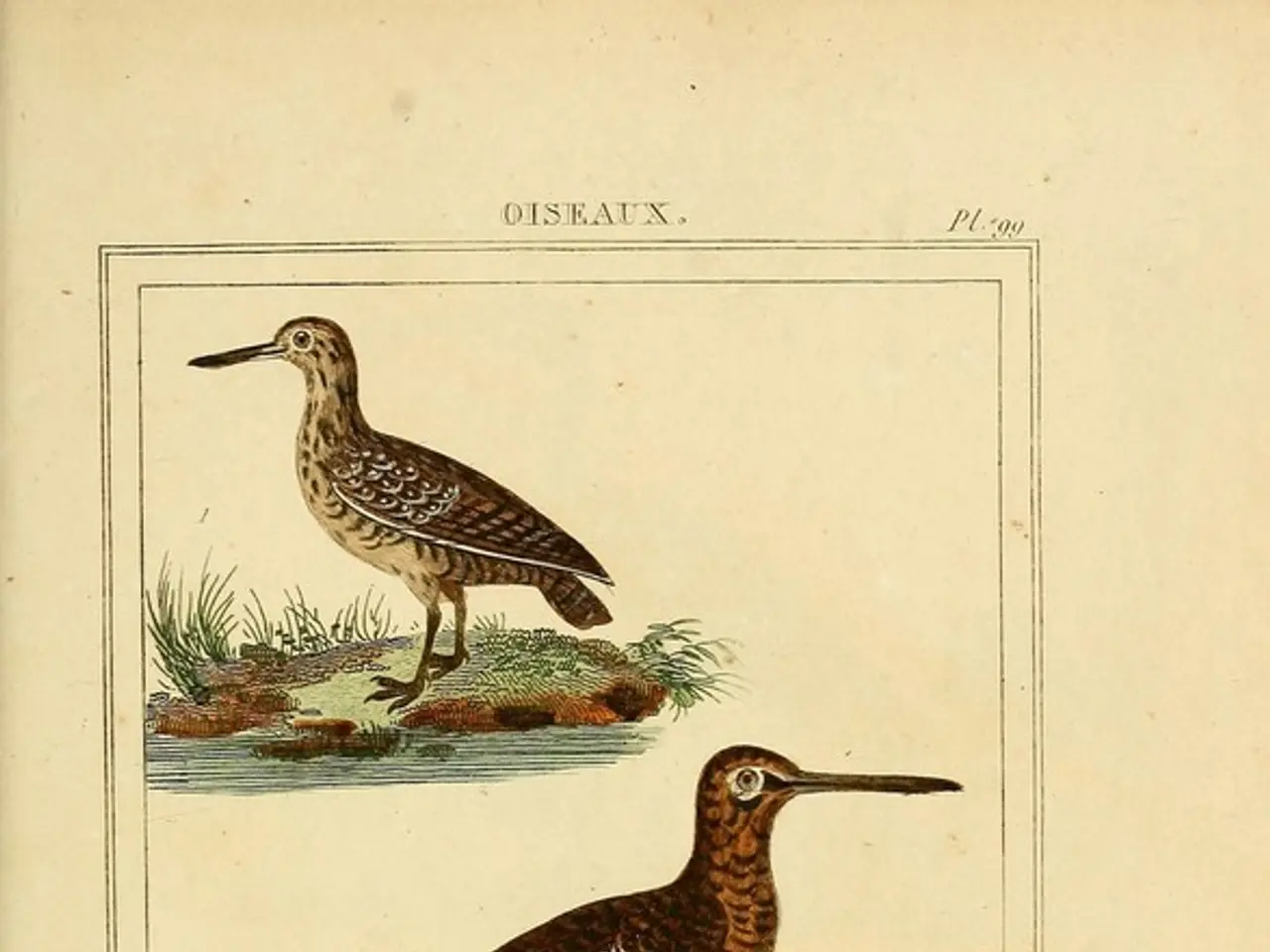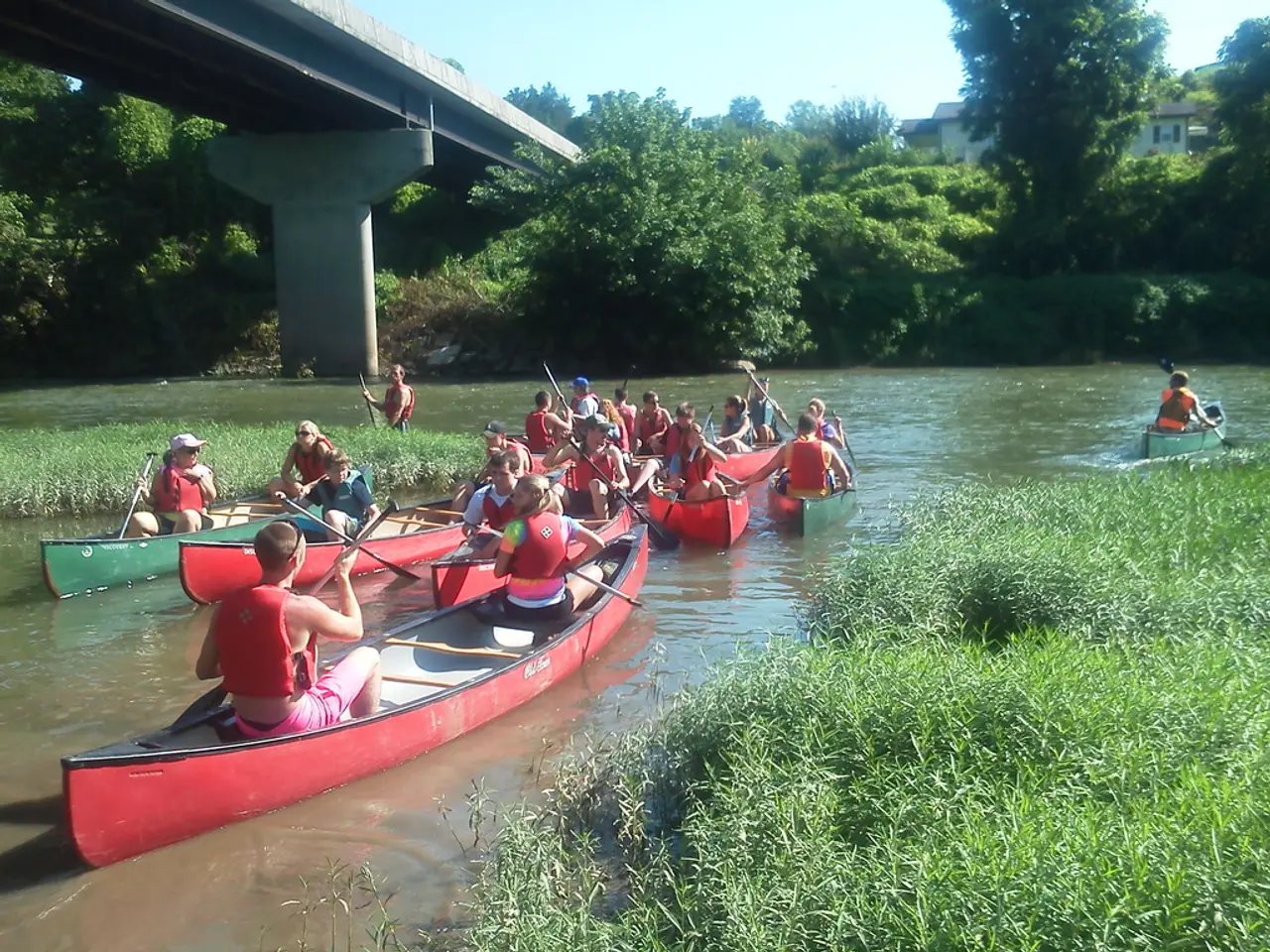Enamored of feathered friends? Uncover techniques to entice lovestruck birds to your backyard oasis!
In the heart of winter, the sight of bright red berries on a Barberry bush (Berberis vulgaris) can be a welcome spectacle, drawing in thrushes, fieldfares, and redwings. This is just one example of how a well-planned garden can attract a variety of bird species, providing a haven for them during the lean months.
To create such a haven, consider incorporating bird feeders, bird tables, bird baths, and suitable plants. Each element plays a crucial role in creating a welcoming habitat for diverse bird species.
Bird feeders and bird tables are essential for providing food. Opt for a variety of feeders to cater to different bird preferences. Seed feeders attract finches and sparrows, while nectar feeders are ideal for hummingbirds. To reduce disturbances and food wastage, consider squirrel-proof feeders. Place feeders near natural cover like small trees or shrubs, allowing birds to feel safe while feeding and quickly hide if threatened.
Bird baths are equally important, providing a source of fresh water. Choose shallow, rough-surfaced baths to prevent slipping and maintain cleanliness by regular scrubbing. Position baths near shrubs or small trees to offer birds shelter and perching spots close by. Consider adding gentle fountains or moving water features, as flowing water can attract more birds.
Suitable plants are vital for providing food, shelter, and nesting sites. Plant a mix of trees, shrubs, and flowering plants that cater to various species. Berry-producing shrubs like holly, elderberry, viburnum, and vining plants such as trumpet honeysuckle offer nectar and berries appealing to robins, orioles, and blackbirds. Dense shrubbery offers protection and nesting sites for smaller birds, while taller trees can attract larger birds and raptors. For hummingbirds, grow tubular flowers and nectar-rich plants within reach of feeders and water sources.
Additional tips include providing nesting boxes suited to local bird species, placing them in quiet, sheltered spots, and avoiding disturbing them during nesting season. Avoid placing feeders too close to windows or in exposed areas that lack cover.
By offering a wider range of quality bird food set up at varying heights, your garden can become a thriving habitat supporting a rich diversity of birdlife year-round. Ivy berries attract a variety of birds, including wood pigeons, collared doves, waxwings, thrushes, jays, starlings, and finches. Fill bird feeders with different foods such as seeds, peanuts, suet for blue tits and great tits, sunflower hearts for chaffinches and greenfinches to attract a variety of birds.
Remember to place bird boxes and bird baths in suitable locations - somewhere quiet, not too windy, and away from bushes where cats can hide. Place the bird box somewhere with low traffic from humans and pets and unlikely to be disturbed. Position the bird bath out of direct sunlight to prevent water from becoming too warm or uncomfortable.
By following these guidelines, your garden can become a thriving haven for a wide variety of bird species, providing them with food, water, shelter, and nesting sites throughout the year. The Royal Society for the Protection of Birds (RSPB) recommends cleaning bird feeders every week to prevent the build-up of bacteria and viruses that can spread disease among garden birds. With these simple steps, you can help birds thrive in your garden, making it a more vibrant and enjoyable space for both you and the birds.
- To enhance the attractiveness of your garden for a diverse array of bird species, consider including flowers like ivy berries, which are appealing to wood pigeons, collared doves, waxwings, thrushes, jays, starlings, and finches.
- Incorporate various plants in your garden, such as holly, elderberry, viburnum, and trumpet honeysuckle, which offer nectar and berries for birds like robins, orioles, and blackbirds, while also providing shelter and nesting sites.
- To promote a fashion-and-beauty inspired lifestyle, combine bird-friendly plants and design elements, such as bird feeders, bird tables, and bird baths, with trendy home-and-garden décor, creating an aesthetically pleasing living space that caters to both you and the birds inhabiting your garden.




